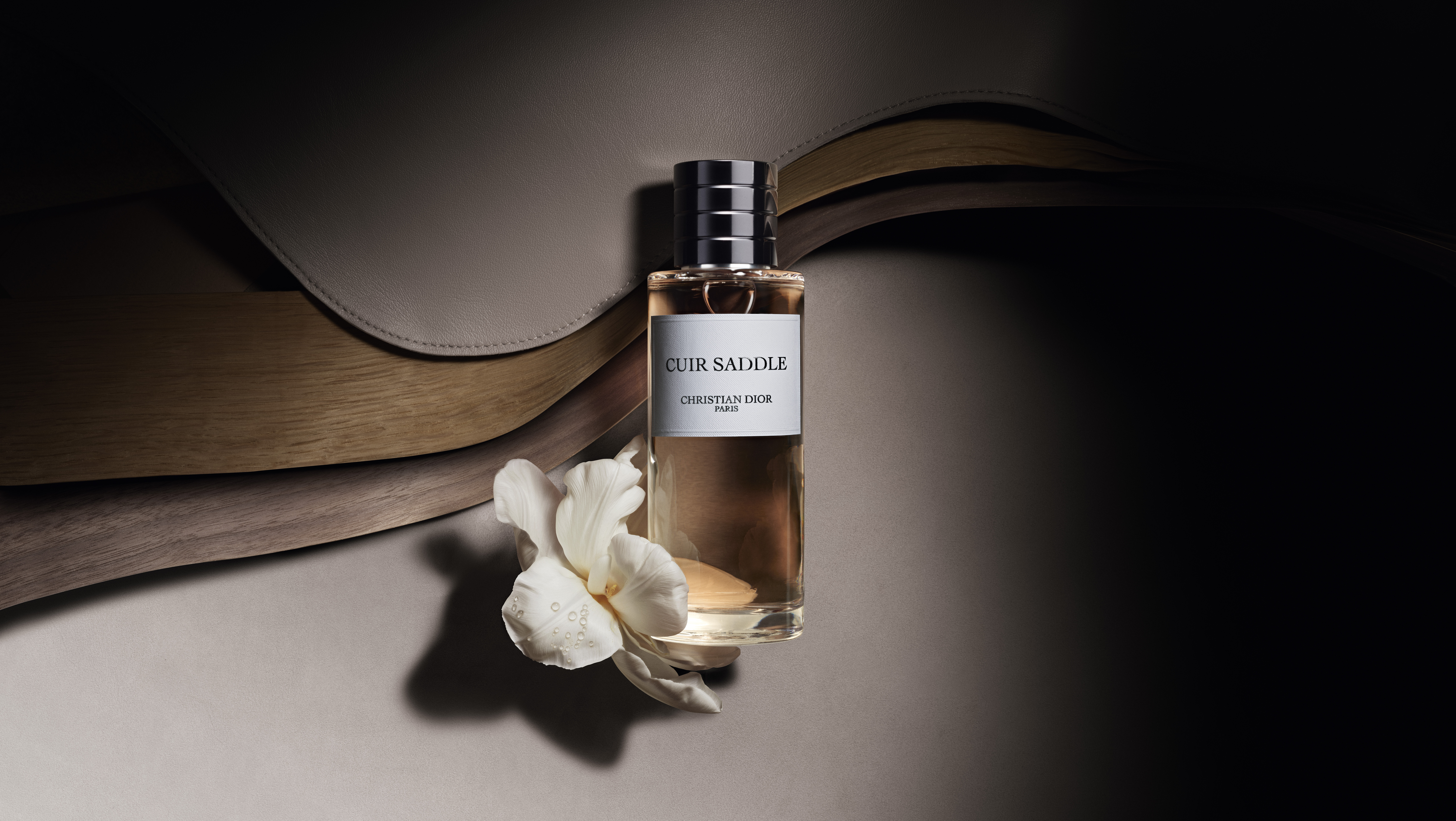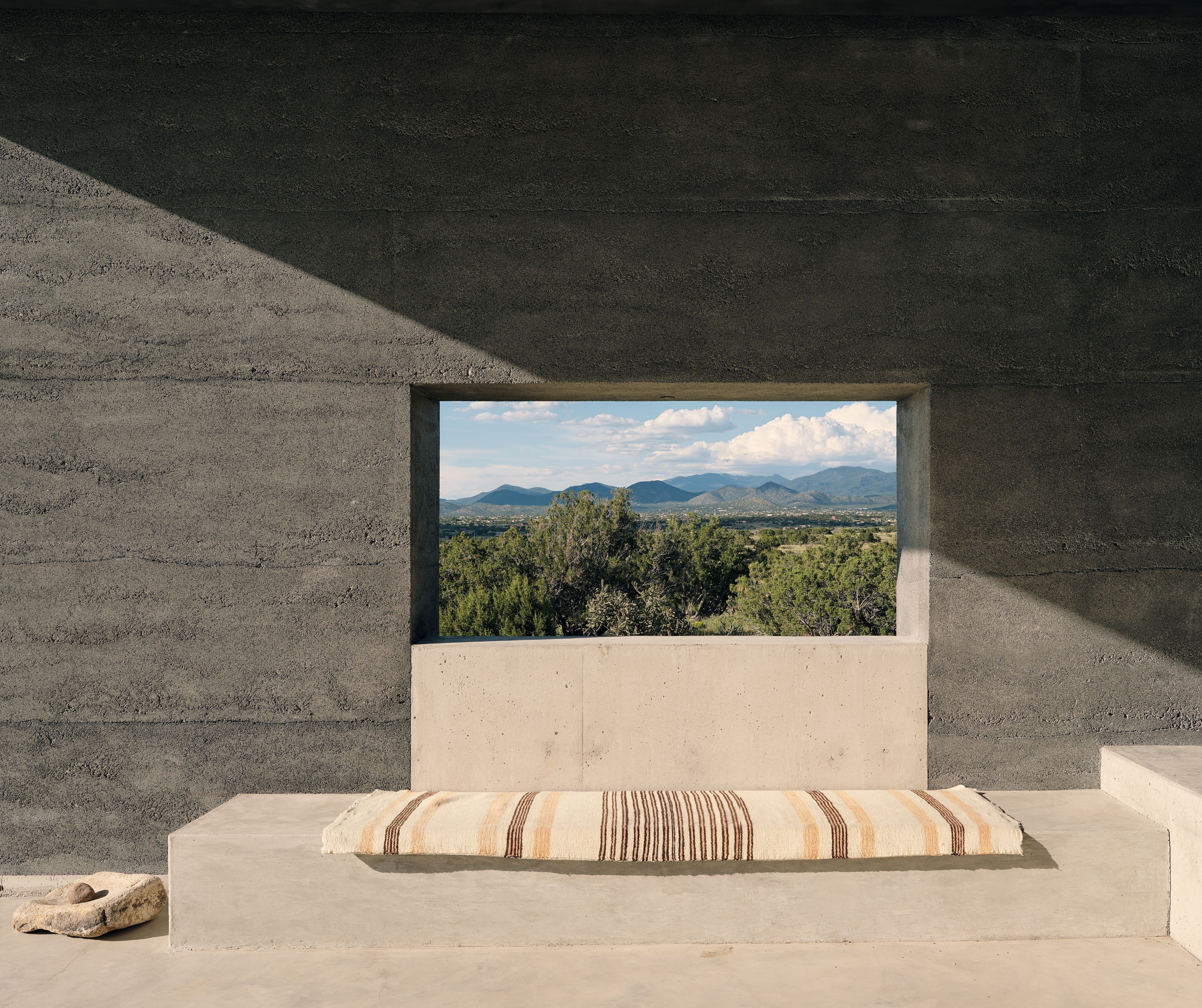By
Pete Collard
last updated
in Features

Drinks writer Neil Ridley explores some of the best options if you're planning some time away from the booze this month
By Neil Ridley Published

With Cuir Saddle, Francis Kurkdjian takes a radical approach to the classic leather fragrance. Here, Wallpaper* gets the lowdown from the master perfumer
By Mary Cleary Published

New Mexico house Sombra de Santa Fe, designed by Dust Architects, intrigues with dark, geometric volumes making use of the region's volcanic soil – winning it a spot in our trio of Best Use of Material winners at the Wallpaper* Design Awards 2026
By Jonathan Bell Published